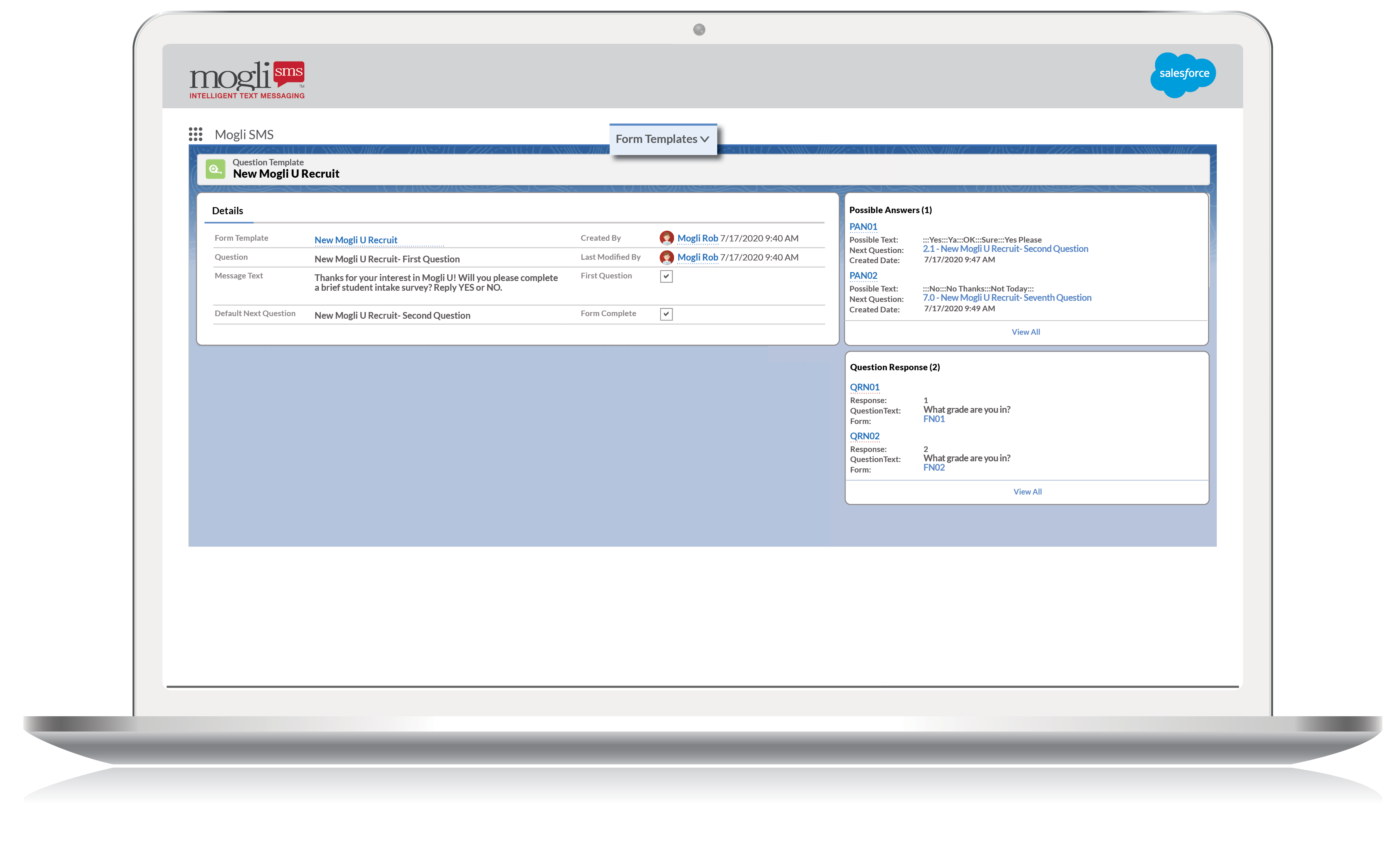

Two of the fields, name and age, include data from the YAML file. This simple example generates a single record, a Person with three fields. $ snowfakery docs/examples/simple_static.yml To create a record with this data, run the snowfakery task command with the recipe name. In this example, you can see that YAML uses indentation to define what parts of the file are related to each other. Let's start with a stupidly simple recipe named simple_static.yml. Snowfakery recipes are specified in the simple, human-readable YAML format.
#Salesforce test data generator install
If you are not interested in using Snowfakery with Salesforce, directly install Snowfakery via pipx. (Don't forget to install Python, too!)Īfter installation, use the snowfakery task command to invoke Snowfakery. To install CumulusCI, follow the steps in the Get Started section of the CumulusCI documentation. If you intend to use Snowfakery with Salesforce, we recommend installing CumulusCI, which includes Snowfakery in the installation. Installation ¶ Installation for Salesforce Users ¶

Adding new output formats is a fairly straightforward process. When it is embedded in CumulusCI, it can output to a Salesforce org.

Snowfakery can write its output to stdout, or any database accessible to SQLAlchemy. To tell Snowfakery what data to generate, write a recipe file in YAML. Every row is faked data, but also unique and random, like a snowflake. Snowfakery is a tool for generating fake data that has relations between tables.


 0 kommentar(er)
0 kommentar(er)
